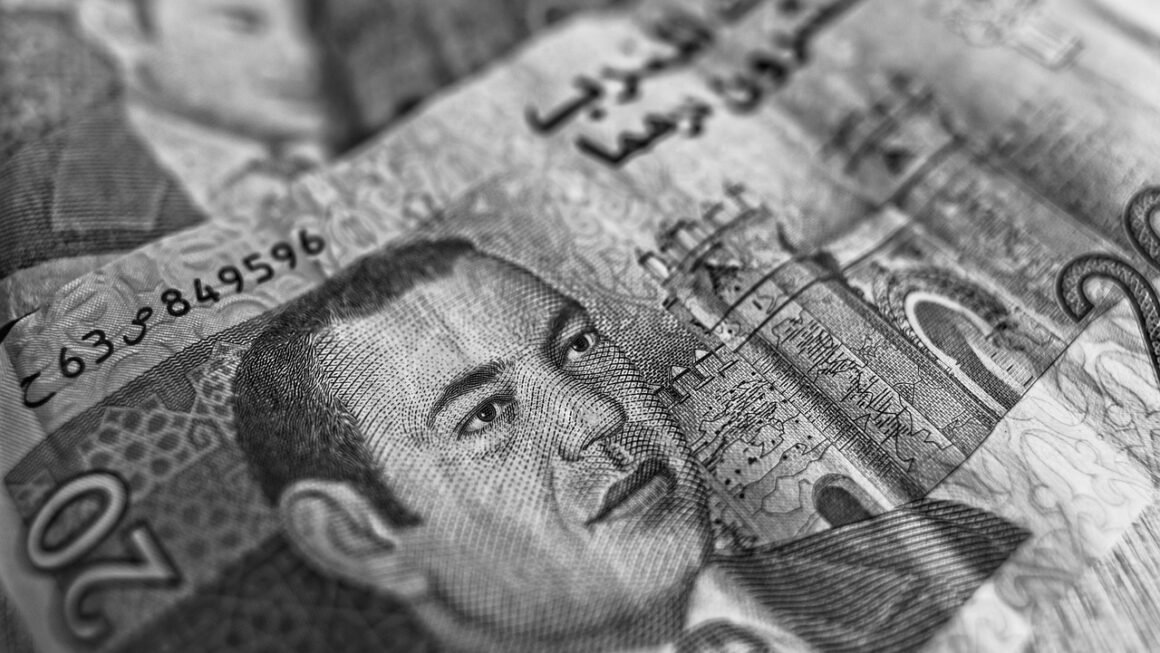Credit cards: those little pieces of plastic can be powerful tools for building credit, earning rewards, and managing your finances. But they can also lead to debt and financial stress if not used responsibly. Understanding the ins and outs of credit cards is essential for making informed decisions and maximizing their benefits. This comprehensive guide will break down everything you need to know about credit cards, from choosing the right one to using it wisely.
Understanding Credit Cards: The Basics
What is a Credit Card?
A credit card is a revolving line of credit issued by a financial institution. Unlike a debit card, which draws funds directly from your bank account, a credit card allows you to borrow money to make purchases. You then repay the borrowed amount, along with any applicable interest and fees, according to the card’s terms and conditions. Think of it as a short-term loan that you can reuse as you pay it off, up to your credit limit.
Key Credit Card Terminology
- Credit Limit: The maximum amount you can charge to your card.
- Annual Percentage Rate (APR): The interest rate you’re charged on outstanding balances. Different APRs can apply to purchases, balance transfers, and cash advances.
- Grace Period: The time between the end of your billing cycle and the due date. If you pay your balance in full by the due date, you typically won’t be charged interest.
- Minimum Payment: The smallest amount you must pay each month to avoid late fees and negatively impacting your credit score. Paying only the minimum significantly increases the total interest paid and extends the repayment period.
- Annual Fee: A yearly fee some credit cards charge for the privilege of using the card. Cards with rewards or benefits often have annual fees.
- Credit Score: A numerical representation of your creditworthiness, based on your credit history. A good credit score is essential for getting approved for loans, mortgages, and even renting an apartment.
How Credit Cards Work: An Example
Imagine you have a credit card with a $5,000 credit limit and an APR of 18%. You make a purchase of $1,000. If you pay the full $1,000 within the grace period (usually around 21-30 days), you won’t be charged any interest. However, if you only pay the minimum payment (let’s say $25), the remaining balance of $975 will accrue interest at 18% APR until it’s paid off. Over time, this can add up to hundreds of dollars in interest charges.
Choosing the Right Credit Card
Factors to Consider
Selecting the right credit card depends on your individual financial situation and spending habits. Here are some key factors to consider:
- Credit Score: Your credit score is a major factor in determining which cards you’ll qualify for and the interest rates you’ll receive. Excellent credit scores (750+) open doors to premium cards with low interest rates and rich rewards. Fair or poor credit scores may limit your options to secured cards or cards designed for rebuilding credit.
- Spending Habits: Analyze your spending patterns. Do you spend a lot on travel, dining, gas, or groceries? Choose a card that offers rewards in those categories.
- Rewards Programs: Different cards offer various rewards, such as cash back, points, or miles. Calculate the potential value of the rewards based on your spending habits and compare it to any annual fees.
- Interest Rates: If you tend to carry a balance, prioritize a card with a low APR to minimize interest charges.
- Fees: Be aware of all potential fees, including annual fees, late payment fees, over-limit fees, and foreign transaction fees.
- Benefits and Perks: Some cards offer valuable perks such as travel insurance, purchase protection, extended warranties, and concierge services.
- Transferring a Balance: If you’re carrying a high-interest balance on another card, consider transferring it to a card with a 0% introductory APR on balance transfers. Be mindful of balance transfer fees, which are often a percentage of the transferred amount.
Types of Credit Cards
- Rewards Cards: Earn cash back, points, or miles on purchases. These are best for people who pay their balance in full each month.
- Travel Cards: Offer rewards specifically for travel, such as airline miles or hotel points. Often come with travel insurance and other travel-related benefits.
- Cash Back Cards: Earn a percentage back on purchases. Some offer flat-rate cash back on all purchases, while others offer higher cash back rates in specific categories.
- Low-Interest Cards: Offer a lower APR than average. Ideal for individuals who often carry a balance.
- Secured Cards: Require a security deposit, which acts as your credit limit. These cards are a good option for people with limited or no credit history.
- Student Cards: Designed for college students with limited credit history. Often have lower credit limits and educational resources to help students learn about responsible credit card use.
- Business Cards: Offer rewards and benefits tailored to businesses. Can help separate personal and business expenses.
Example Card Comparisons
Let’s look at a few example cards:
- Chase Sapphire Preferred® Card: A popular travel rewards card with a good balance of rewards and an annual fee. Earns points on travel and dining, plus bonus points after spending a certain amount.
- Citi® Double Cash Card: A simple cash back card that earns 2% cash back on all purchases (1% when you buy, 1% when you pay). No annual fee.
- Discover it® Secured Credit Card: A secured card that helps you build credit. Offers cash back rewards and reports to all three major credit bureaus.
Using Credit Cards Responsibly
Budgeting and Tracking Expenses
Creating a budget and tracking your expenses are crucial for responsible credit card use. Here’s how to do it:
- Create a Budget: Determine your income and expenses. Allocate funds for essential expenses, savings, and discretionary spending.
- Track Spending: Monitor your credit card transactions regularly using online banking or a budgeting app. Identify areas where you can cut back.
- Stay Below Your Credit Limit: Aim to keep your credit utilization (the amount of credit you’re using compared to your credit limit) below 30%. Higher utilization can negatively impact your credit score.
- Set Spending Alerts: Many credit card issuers offer spending alerts that notify you when you reach a certain spending threshold.
Paying Your Bills on Time
Paying your credit card bills on time is one of the most important factors in maintaining a good credit score. Here’s what you need to know:
- Set Up Automatic Payments: Schedule automatic payments from your bank account to ensure you never miss a due date. You can choose to pay the minimum payment, the full statement balance, or a custom amount.
- Pay More Than the Minimum: Always try to pay more than the minimum payment to reduce interest charges and pay off your balance faster.
- Understand Your Billing Cycle: Know when your billing cycle ends and when your payment is due.
- Avoid Late Payments: Late payments can result in late fees and negatively impact your credit score. Even one late payment can stay on your credit report for up to seven years.
Avoiding Common Credit Card Mistakes
- Maxing Out Your Credit Card: Using a large portion of your available credit negatively impacts your credit score.
- Only Making Minimum Payments: As mentioned earlier, this leads to high interest charges and prolonged debt.
- Taking Out Cash Advances: Cash advances usually come with high interest rates and fees, and they don’t have a grace period.
- Opening Too Many Credit Cards: Applying for too many credit cards in a short period can lower your credit score.
- Ignoring Your Credit Card Statements: Review your statements carefully each month to identify any unauthorized charges or errors.
Building and Maintaining Good Credit
Understanding Credit Scores
Your credit score is a three-digit number that reflects your creditworthiness. It’s used by lenders, landlords, and even employers to assess your risk. The most common credit scoring model is FICO. Factors that influence your credit score include:
- Payment History: Whether you pay your bills on time.
- Amounts Owed: The amount of debt you owe compared to your credit limits.
- Length of Credit History: The age of your credit accounts.
- Credit Mix: The variety of credit accounts you have (e.g., credit cards, loans).
- New Credit: Recent credit applications and new accounts.
Tips for Building Credit
- Become an Authorized User: Ask a trusted friend or family member to add you as an authorized user on their credit card. Their positive payment history will be reflected on your credit report.
- Apply for a Secured Credit Card: As mentioned earlier, secured cards are a good option for building credit.
- Use Your Credit Card Responsibly: Make small purchases and pay them off in full each month.
- Monitor Your Credit Report: Check your credit report regularly for errors and signs of fraud. You’re entitled to a free credit report from each of the three major credit bureaus (Equifax, Experian, and TransUnion) once a year.
- Pay Down Existing Debt: Paying down high-interest debt can improve your credit utilization ratio and boost your credit score.
Maintaining Good Credit
Building good credit is only half the battle. It’s equally important to maintain it. Continue to:
- Pay your bills on time, every time.
- Keep your credit utilization low.
- Avoid opening too many new credit accounts at once.
- Monitor your credit report for errors and fraud.
Conclusion
Credit cards can be valuable financial tools when used responsibly. By understanding the basics, choosing the right card for your needs, and using it wisely, you can build credit, earn rewards, and manage your finances effectively. Remember to budget, track your spending, and pay your bills on time to avoid debt and maintain a good credit score. By following these guidelines, you can unlock the power of credit cards and achieve your financial goals.



